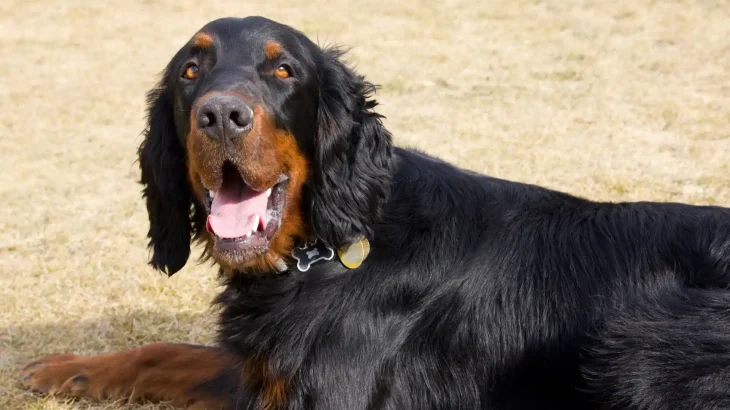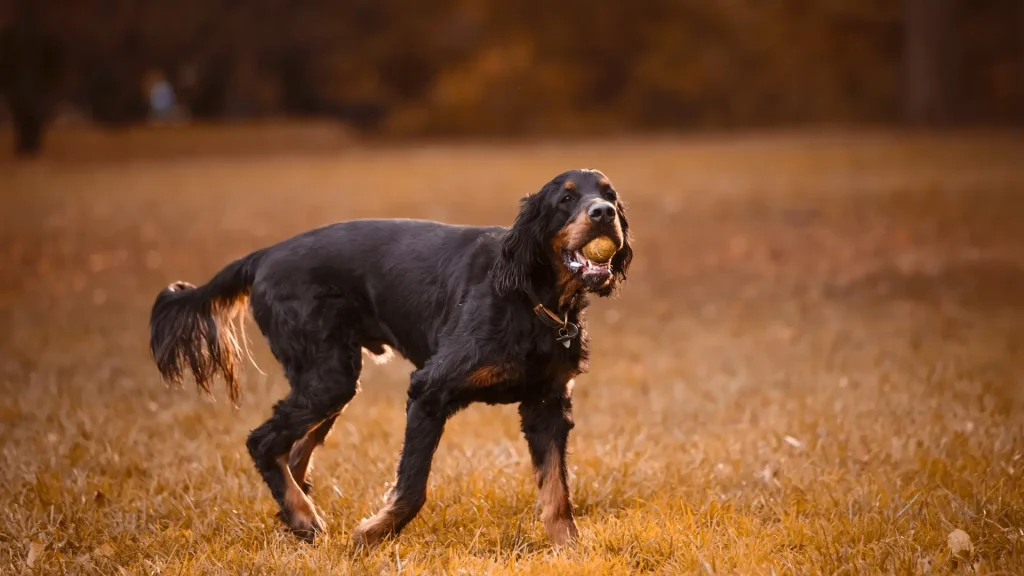Deciding whether to adopt or purchase a Gordon Setter puppy involves weighing factors such as cost, health transparency, and available support. Purchasing from a breeder typically offers clear health histories and pedigree documentation, while adoption often presents a more affordable route and supports rescue efforts for this specific breed.
| Criteria | Buying from Breeder | Adopting from Shelter/Rescue |
|---|---|---|
| Cost | Higher initial cost, generally between $1,000 to $2,000 for a Gordon Setter pup. | Lower adoption fees, usually covering vaccinations, spaying/neutering, and microchipping. |
| Health History | Detailed health screening and genetic testing often provided by reputable breeders. | Health backgrounds may be unknown or limited, though rescues conduct basic health checks. |
| Age Availability | Primarily puppies, allowing early bonding and training. | Variety of ages including adults; may find already-trained or settled dogs. |
| Temperament Insight | Breeders can share lineage temperament traits based on parents and relatives. | Shelters or rescues offer observations of individual dog's behavior but limited history. |
| Supporting Practices | Supports ethical breeding programs when acquiring from responsible breeders. | Supports breed-specific rescues and welfare by providing homes for dogs in need. |
| Breed Purity & Pedigree | Usually comes with pedigree papers verifying breed purity and lineage. | Breed purity may be less certain; pedigrees often unavailable. |




















































